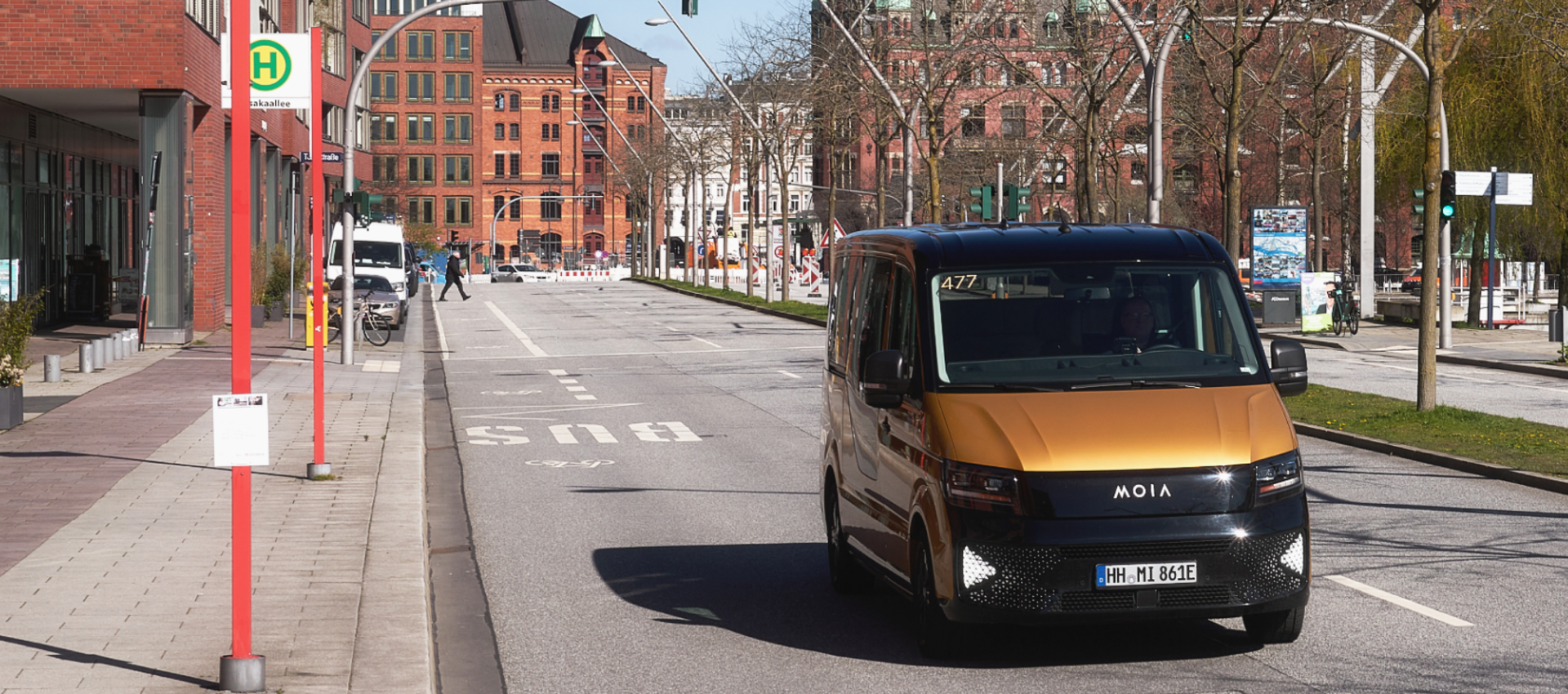Autonomous driving will significantly change urban mobility. Mobility expert Augustin Friedel explains which service concepts have the greatest potential in Europe, the expectations of users of autonomous mobility services, and what this means for the players in urban mobility.
Augustin Friedel is an Expert and Trusted Advisor for the mobility transition and the definition of autonomous driving systems at MHP - A Porsche Company. Together with Fraunhofer, MHP recently published the whitepaper "Close the Autonomous Gap". Based on eight mobility theses, it shows guidelines for the successful introduction of autonomous mobility and logistics systems.
Mr. Friedel, what is the current status of autonomous mobility in Europe?
We are still at the beginning of the opportunities. Currently, there are mainly pilot projects in Europe that are being implemented with technically older vehicle models. However, a push is expected in the next few years: From 2023/2024, a next generation of autonomous vehicles will be tested in Europe. From 2025/2026, it will then be particularly exciting, because some automotive suppliers have announced new shuttles with comprehensive autonomous capabilities for Europe.
Airports, campuses or goods transport. There are a number of service concepts in the field of autonomous driving - which ones do you think have the greatest potential in Europe?
In Europe, autonomous shuttles are seen as having the greatest potential overall - and as part of or complementary to public transport. In many European cities, public transport is strongly developed as the backbone of urban mobility. Ridepooling in autonomous shuttles can flexibly supplement regular public transport. Such on-demand sharing services can be an important lever for more and more demand-responsive local transit.
What effects do you expect on motorized private traffic and the transport infrastructure if autonomous shuttles are increasingly used on the roads?
That depends largely on the prevailing conditions under which autonomous mobility services are deployed. A lot of current thinking is along the lines of deploying autonomous shuttles at off-peak times and in areas that are underserved by public transportation. The impact on private car usage will be small in these scenarios. In urban areas, autonomous fleets may initially create more traffic as more vehicles hit the road. In the long term, autonomous ridepooling in densely populated areas has the potential to relieve urban traffic. An essential prerequisite for this is that users build trust in autonomous mobility services. In addition, services must be able to compete with private cars in terms of price, availability and flexibility. Autonomous driving is a key technology in this respect: travel costs can be significantly reduced, while at the same time the technology can improve the availability and flexibility of private cars. An additional lever for modal shifts is so-called push measures. Realistic pricing of parking space, 30 km/h speed limits, city tolls, etc. reduce the attractiveness of the private car in terms of cost or convenience.
How do you assess the acceptance of autonomous mobility services?
We assume that technically affine and younger user groups will initially use autonomous mobility services. Comparable experiences could be observed in recent years with driver-based ridehailing and micro-mobility services. But ultimately, it will depend to a large extent on how autonomous mobility systems are implemented and in what environment. Trust in such services plays a central role.
Which players would users be most likely to trust when it comes to autonomous mobility services?
Our study shows that the big mobility platforms are far less trusted to operate autonomous services than current public transport operators or municipal players. This trend is more pronounced in Europe than in other world regions such as the USA or China. However, in order to operate autonomous shuttle services, local public transport operators still need to sharpen their understanding of the technology's potential and build up the necessary technical and organizational know-how.
In your white paper "Close the Autonomous Gap," you present concrete recommendations for action to successfully master the change brought about by autonomous mobility. What is the key?
The successful introduction of autonomous mobility services can only succeed through joint efforts. Stakeholders from a wide range of sectors, such as providers of self-driving systems, vehicle manufacturers, mobility services or platforms, and fleet operators, must develop and implement deeply integrated systems. In a way that fits local conditions. In addition, from the providers' perspective, there are challenges to be solved in terms of pricing and customer willingness to pay. Utilization of autonomous systems will be critical to enable attractive fares. Ideally, policymakers will provide a progressive regulatory framework and support investments in the necessary infrastructure.
Thank you very much for the interview!
